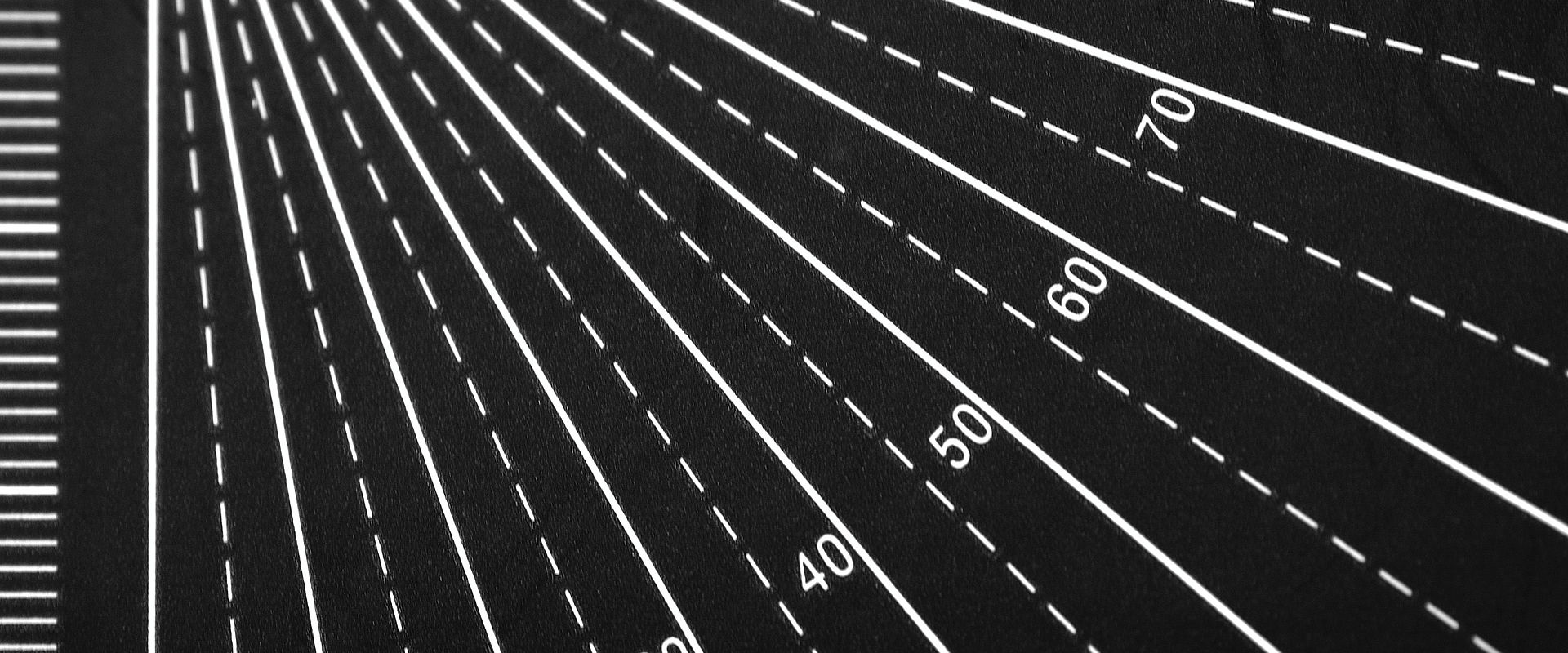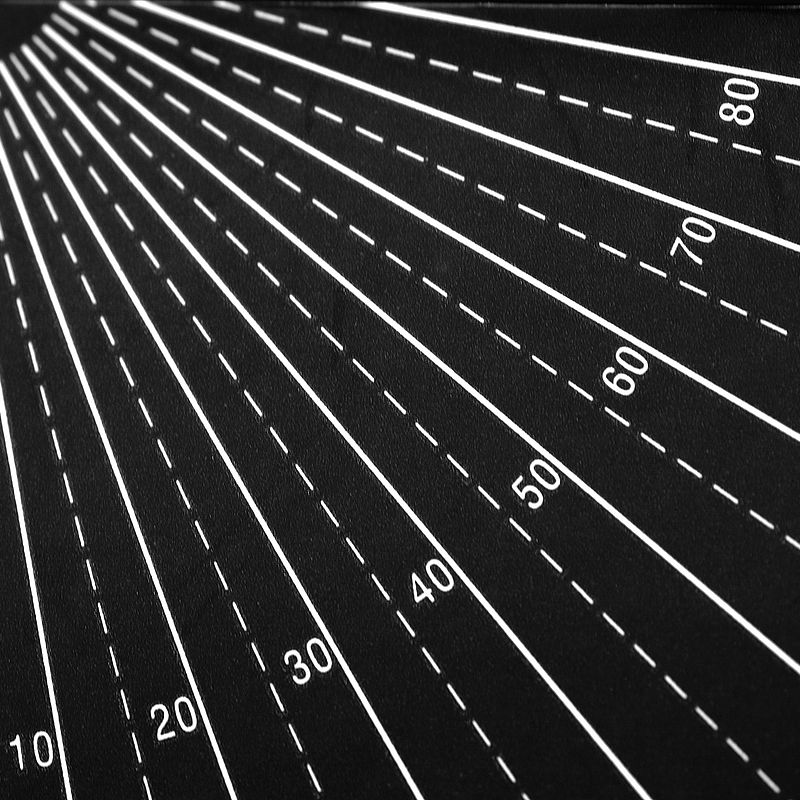
Assessing complex optic performance
Challenge
Academic or industrial researchers studying new materials and chemicals – such as those for pharmaceuticals and next generation solar panel films – are allocated beamtime at synchrotron or Free Electron Laser (FEL) research facilities where high intensity, focused infrared, ultraviolet, and X-ray beams can probe a material to generate knowledge on its structure and properties.
To provide images or an absorption spectrum while studying new materials, live-cells or chemicals, photon beams must be very precisely manipulated using complex optical components. Labour intensive and time consuming to produce, these must operate at the limits of existing manufacturing and measurement capability. Assembled from multiple parts, precisely aligned and highly polished, optical components must not contain any imperfections larger than 1nm or optical distortion will occur affecting research results. This is equivalent to having a 40 km road with no bumps larger than the diameter of a human hair.
Confirming that these optics meet specification relies on facilities performing highly precise acceptance test measurements where the required accuracy is close to the error margins of instruments used. Nearly 30 % of tested components fail these exacting tests. Autocollimators are optical instruments which measure angular displacements of reflecting surfaces and are frequently used to identify nanoscale irregularities in complex optic components. Improving the accuracy with which these instruments can measure tiny defects will help ensure research beamlines operate as designed.
Solution
The EMRP project Angle Metrology developed a new centering device, ACenD, for precisely positioning small apertures with respect to the autocollimator’s optical axis during calibration and measurement. This ensures that calibration values can be used to correct autocollimator measurement results obtained with the same aperture setting. The project also investigated the use of a ‘shearing method’ – a mathematical analysis approach – that significantly improves error determination and compensation for autocollimators. These developments have increased autocollimator measurement accuracy, an important requirement in the assessment of complex optical components used in research beam lines.
Impact
MÖLLER-WEDEL OPTICAL (MWO), part of HAAG-STREIT, manufactures advanced optical testing instruments suitable for assessing the complex components used in research beamlines, and is commercialising the project’s ACenD aperture centering device. One of the first users of this device was the Helmholtz Zentrum Berlin (HZB). This institute is responsible for acceptance testing of near-perfect optical components, including the world’s most precise mirror for the new European X-ray Free Electron Laser Facility (XFEL) in Hamburg, Germany in addition to their regular work on their own beamlines.
Another early user of the ACenD device is the Diamond Light Source, which operates the UKs national synchrotron light source to provide high intensity X-rays for applied and fundamental research. They conduct their own acceptance testing of optical components and have also introduced the project’s ‘shearing method’ for assessing the performance of their new nano-angle generating device and for calibration of autocollimators used to investigate complex optic components. This improves confidence that beamline components can fulfil their extremely demanding requirements.
Project improvements to accuracy and calibration help instrument manufacturers, such as MWO, to supply the highly precise measurement tools and their users at advanced facilities to reliably assess complex and expensive beamline components against onerous specifications. This is key for generating reproducible results in fundamental beamline material research as well as improving their capabilities.
- Category
- EMRP,
- SI Broader Scope / Integrated European Metrology,
